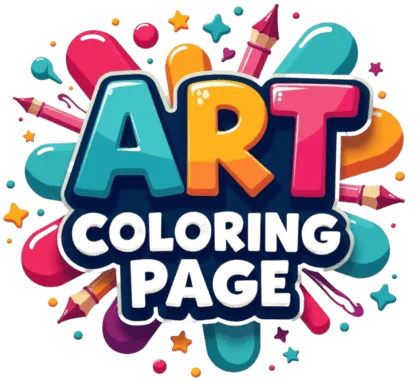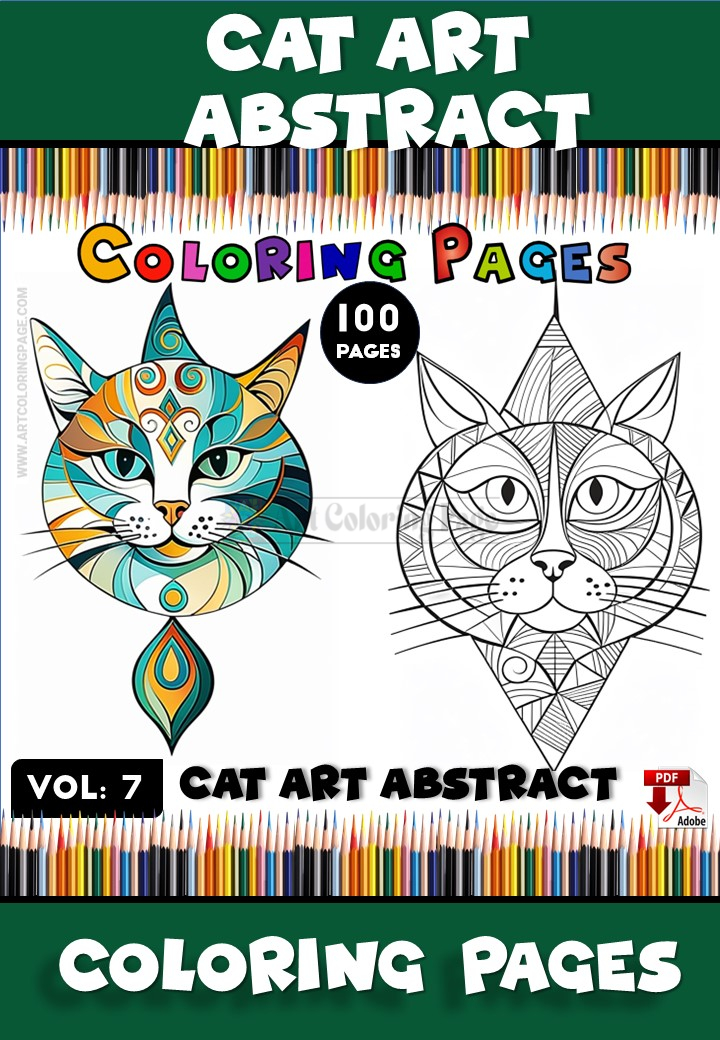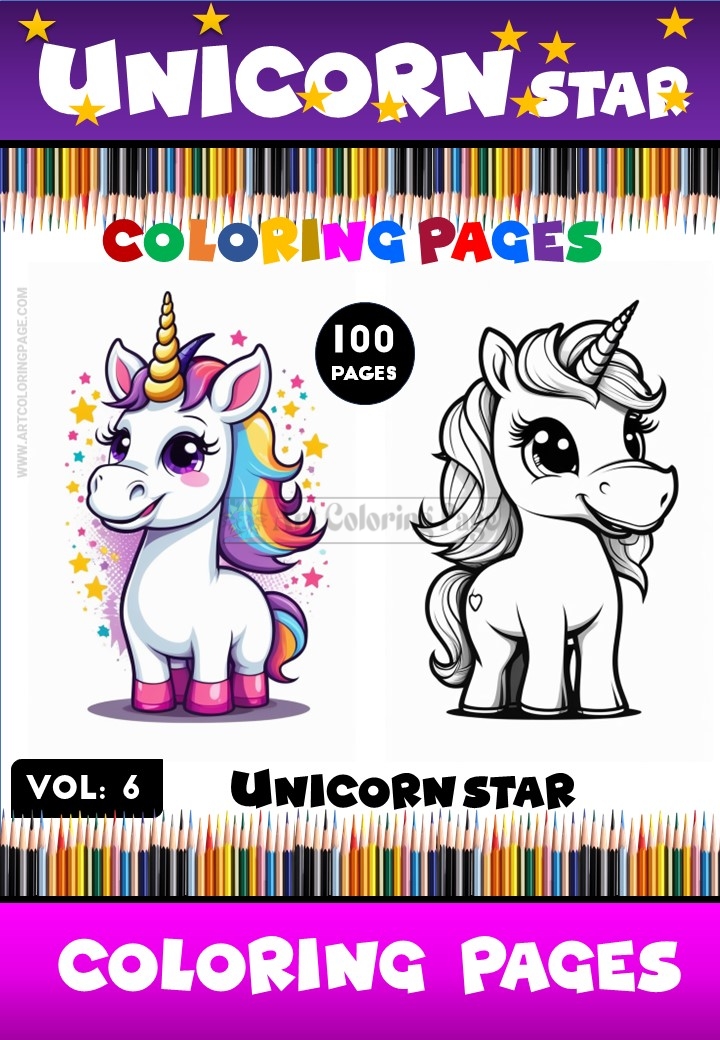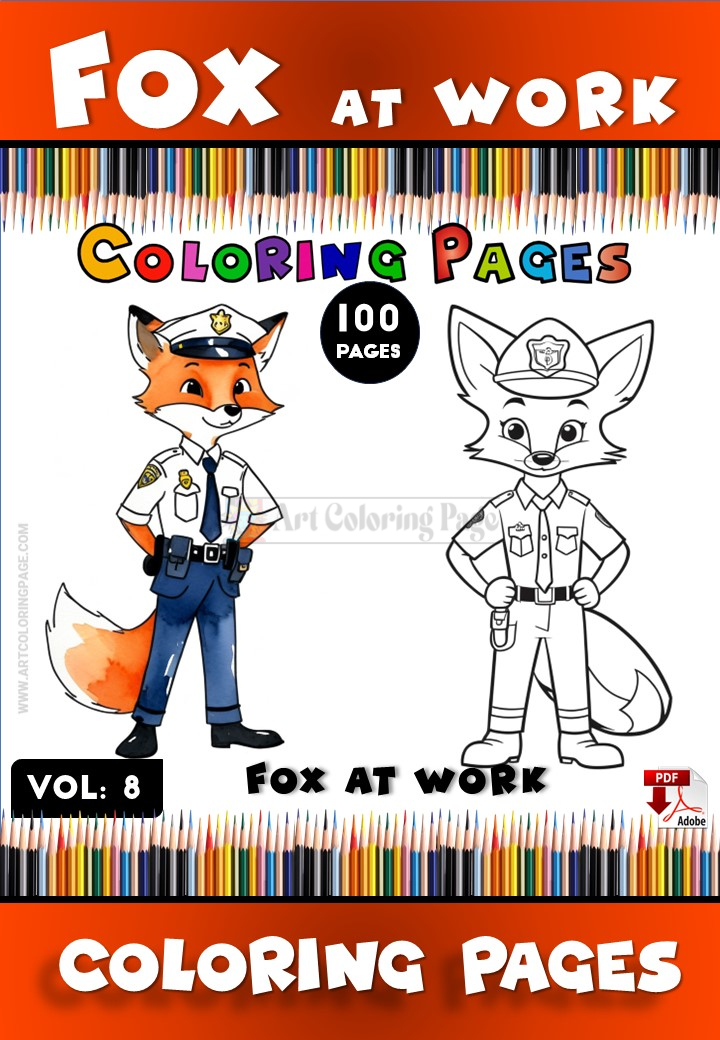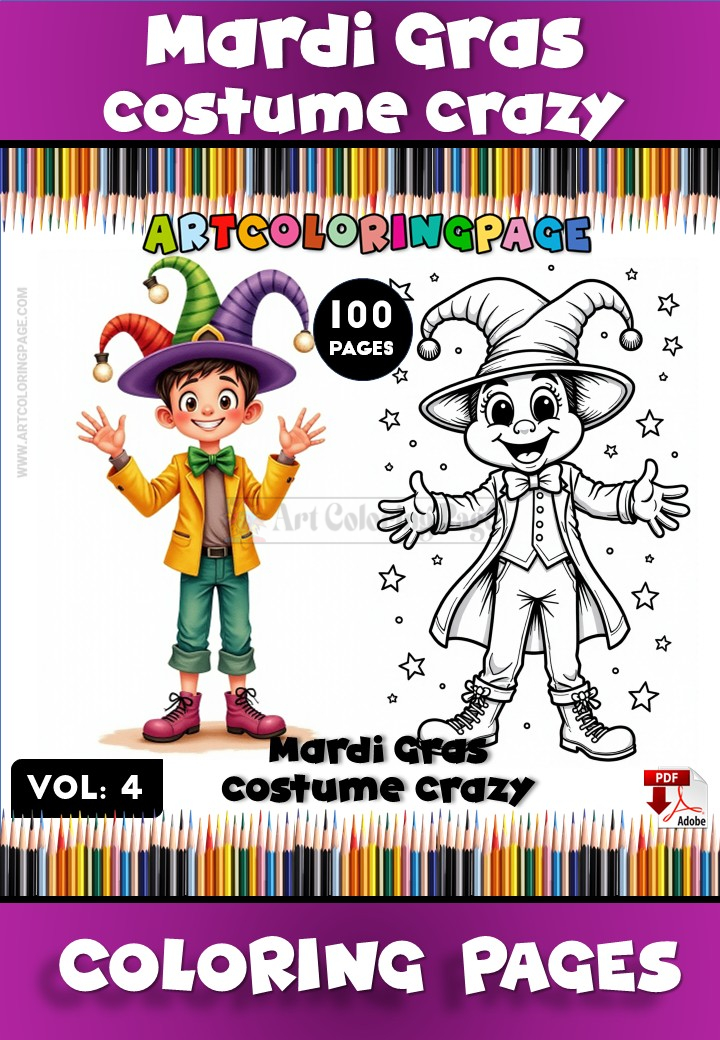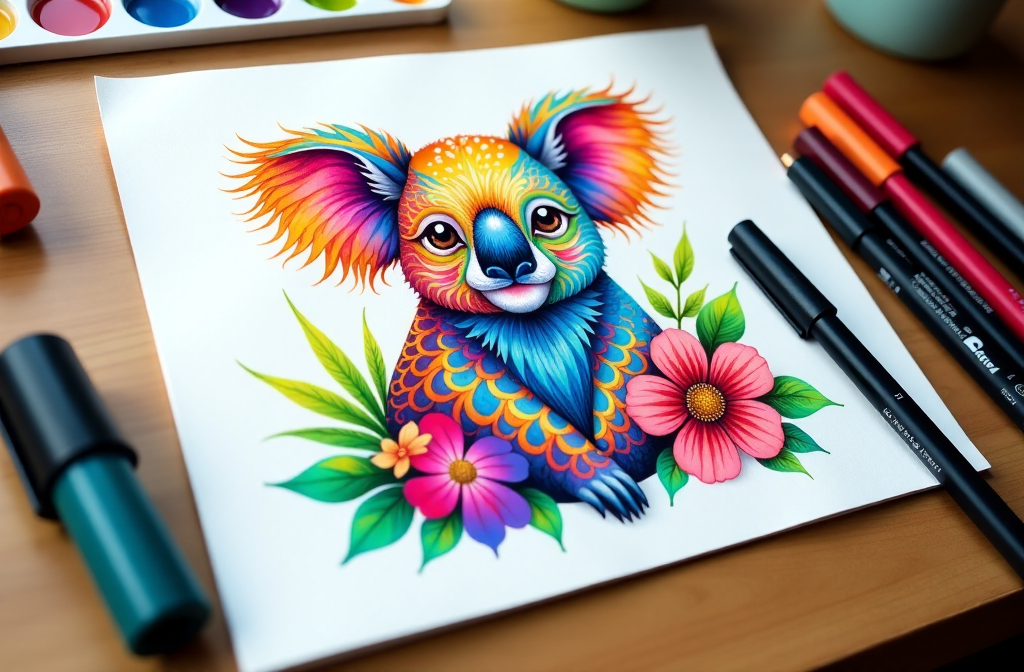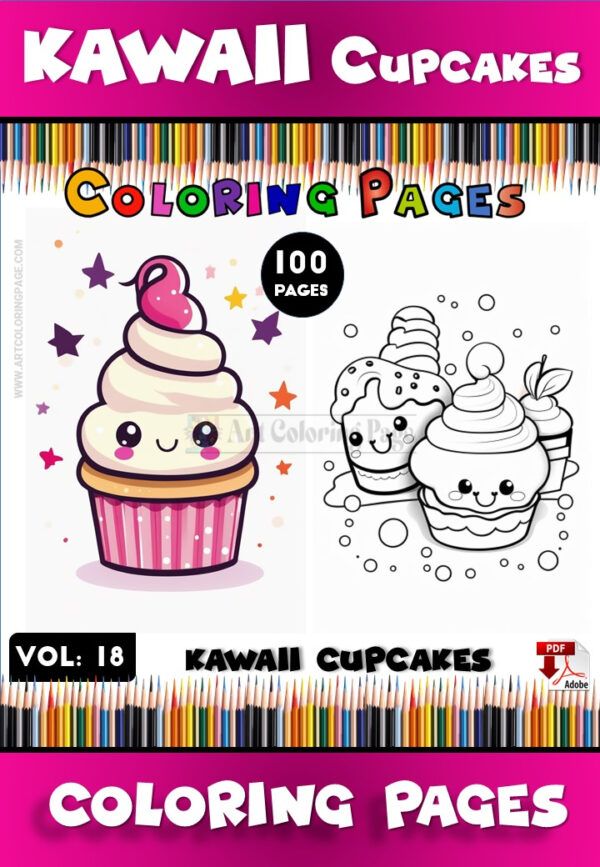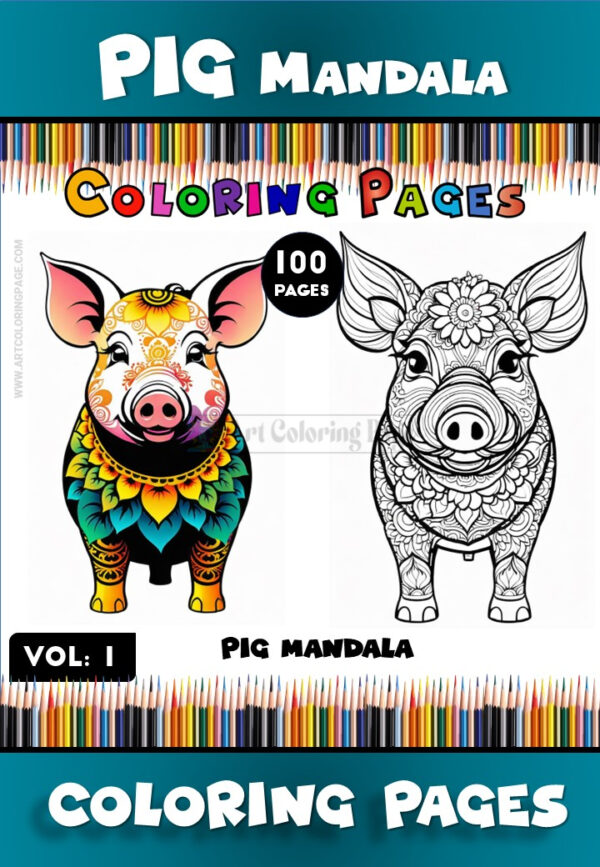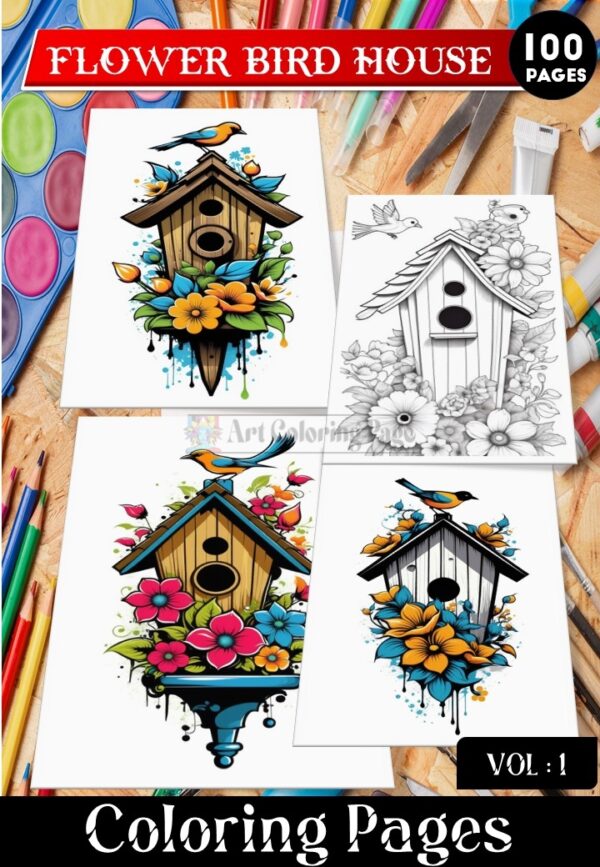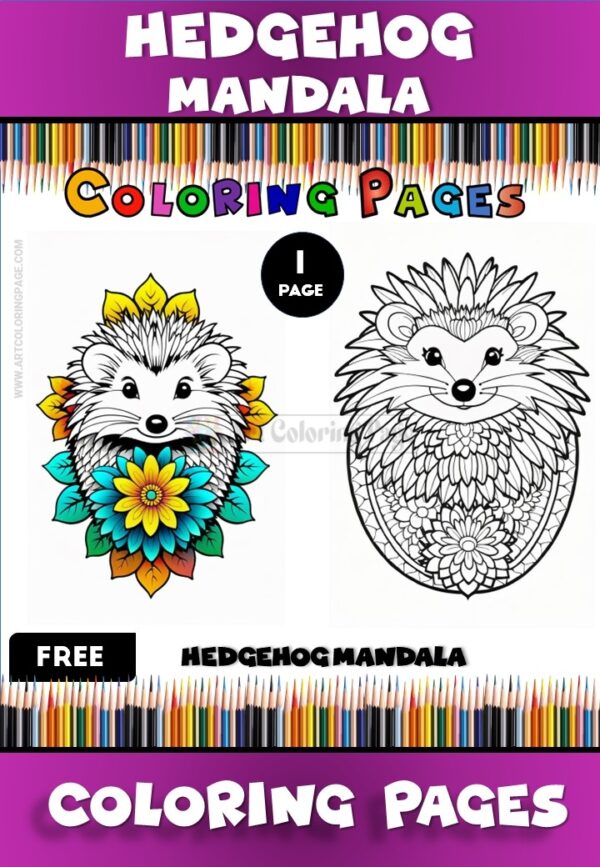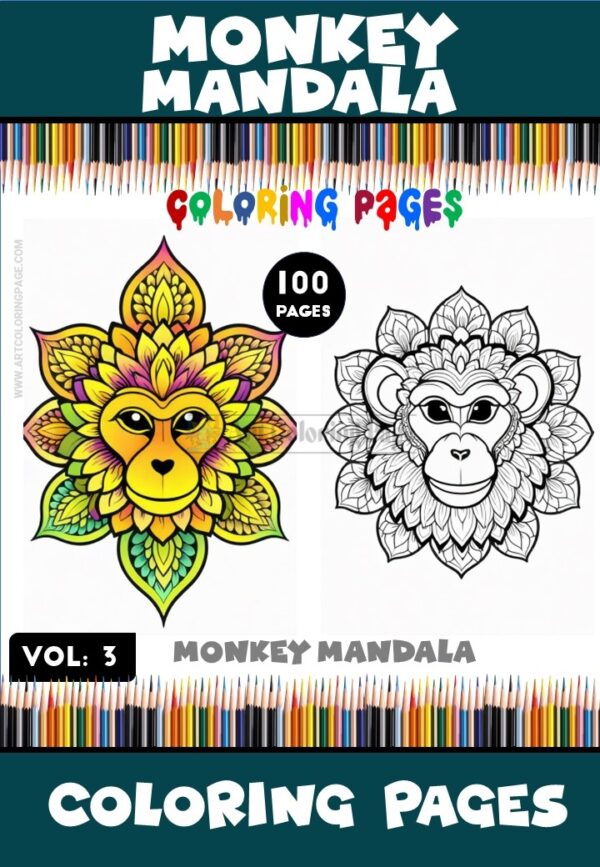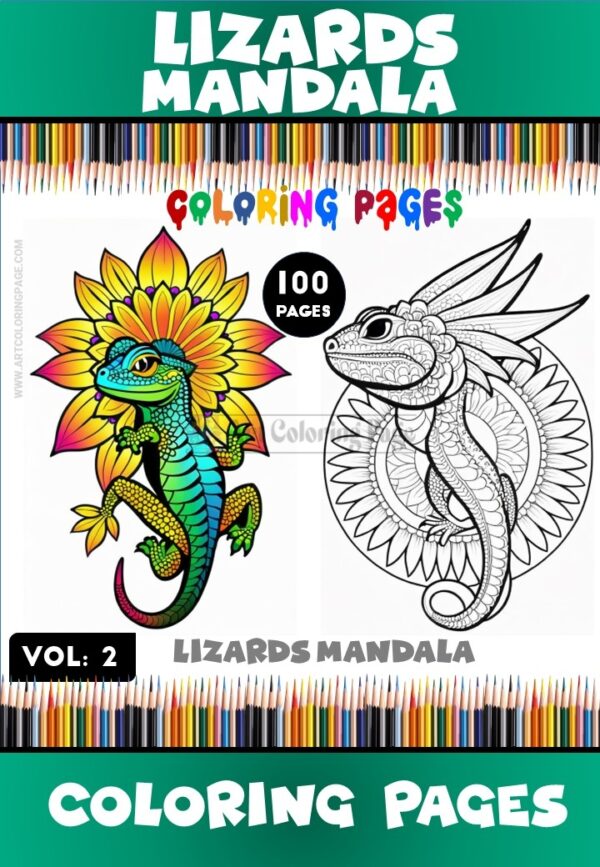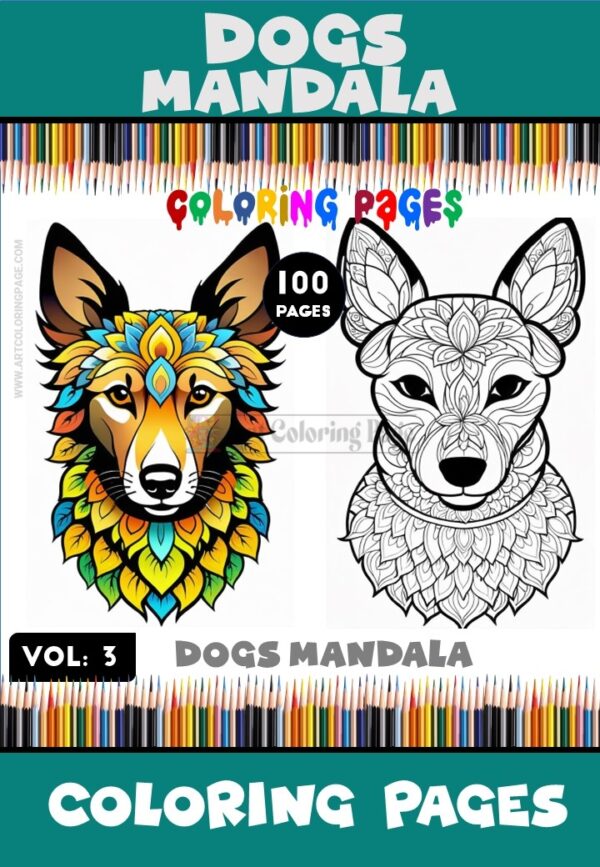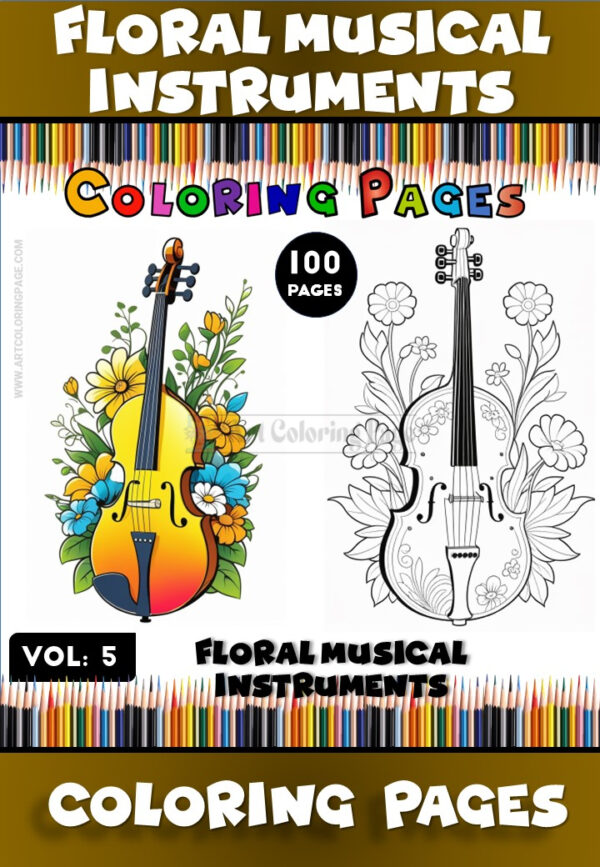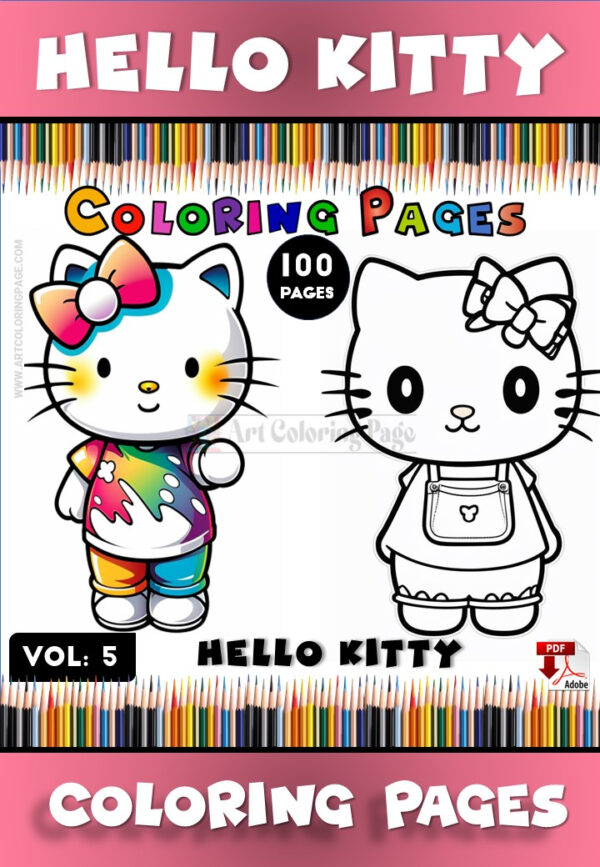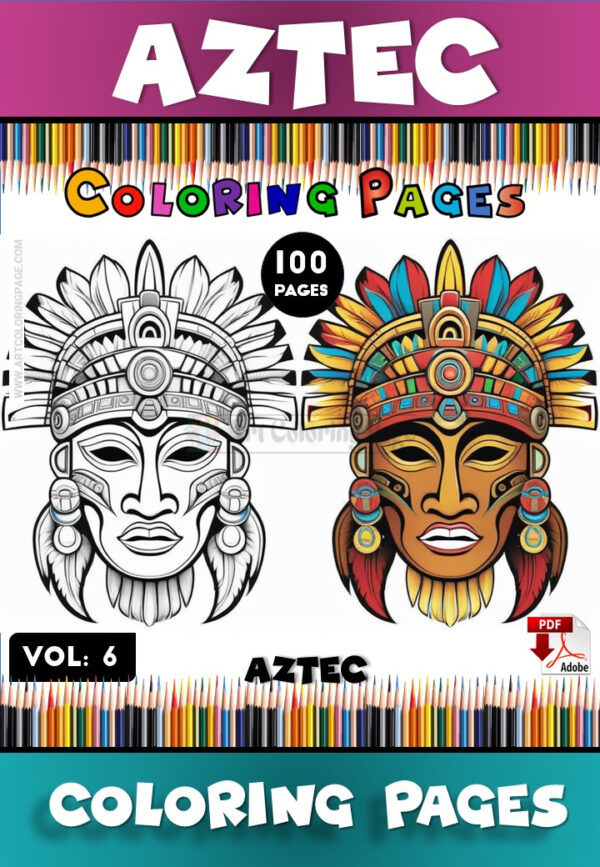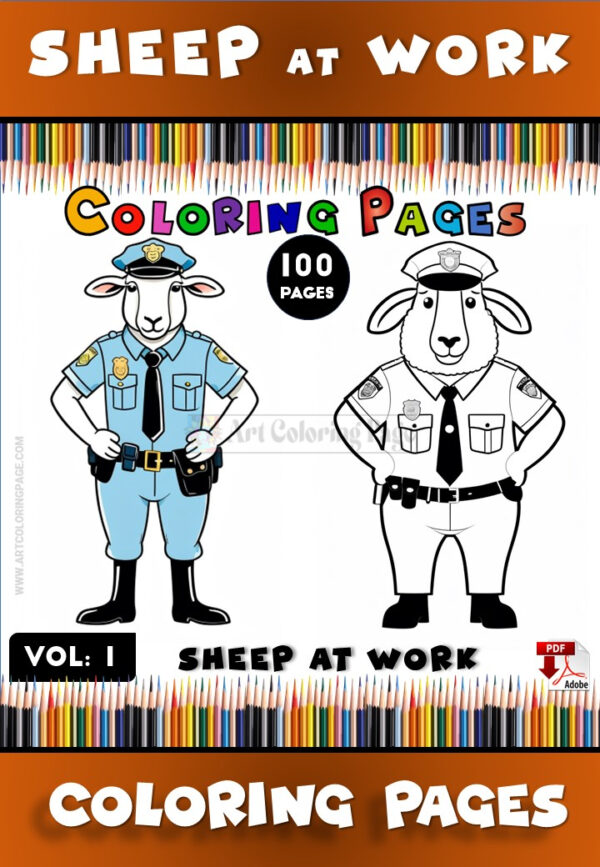Blogs coloring page
Unlock Creativity & Calm: Coloring Pages for Teens Guide
Discover why coloring pages for teens are the perfect blend of fun, stress relief & creativity! Explore benefits, types, techniques & find the best teen coloring sheets.
More Than Just Scribbles – Rediscovering Coloring for Teenagers
Remember those rainy afternoons spent with a fresh box of crayons and a coloring book featuring cartoon characters or simple shapes? For many, coloring is synonymous with childhood. But lately, there’s been a massive resurgence in this seemingly simple activity, and it’s captivating an audience far beyond the kindergarten classroom. We’re talking about coloring pages for teens – a trend that blends nostalgia with sophisticated designs, offering a powerful tool for relaxation, self-expression, and focus in the often-turbulent adolescent years. Forget simplistic outlines; today’s coloring sheets for this age group feature intricate patterns, cool themes, and artistic challenges that appeal directly to teenage sensibilities.
So, what exactly sets coloring page for teens apart? Think detailed mandalas, edgy pop culture icons, breathtaking fantasy landscapes, intricate geometric patterns, and thought-provoking abstract designs. These aren’t just about staying within the lines; they are invitations to engage with art on a personal level, experiment with color, and create something visually stunning. The appeal lies in the perfect balance: structured enough to be calming, yet open enough for individual creativity to flourish. It’s an accessible art form that doesn’t require expensive supplies or formal training, making it ideal for anyone looking to unplug and de-stress.
The comeback of coloring, particularly among teens and adults, isn’t just a fleeting fad. It speaks to a deeper need in our hyper-connected, fast-paced world. Teenagers today navigate immense academic pressure, complex social landscapes, and the constant barrage of digital notifications. Coloring offers a tangible, screen-free escape. It’s a quiet rebellion against the demand for constant productivity, providing a space for mindfulness and mental calm. This guide will delve deep into the world of coloring pages for teens. We’ll explore the surprising psychological benefits, showcase the incredible variety of designs available, offer tips on choosing pages and materials, teach techniques to elevate your artwork, point you towards the best resources (including printable and digital options), and even discuss how coloring can become a social activity or a pathway to greater mindfulness. Get ready to rediscover the joy and power of coloring!
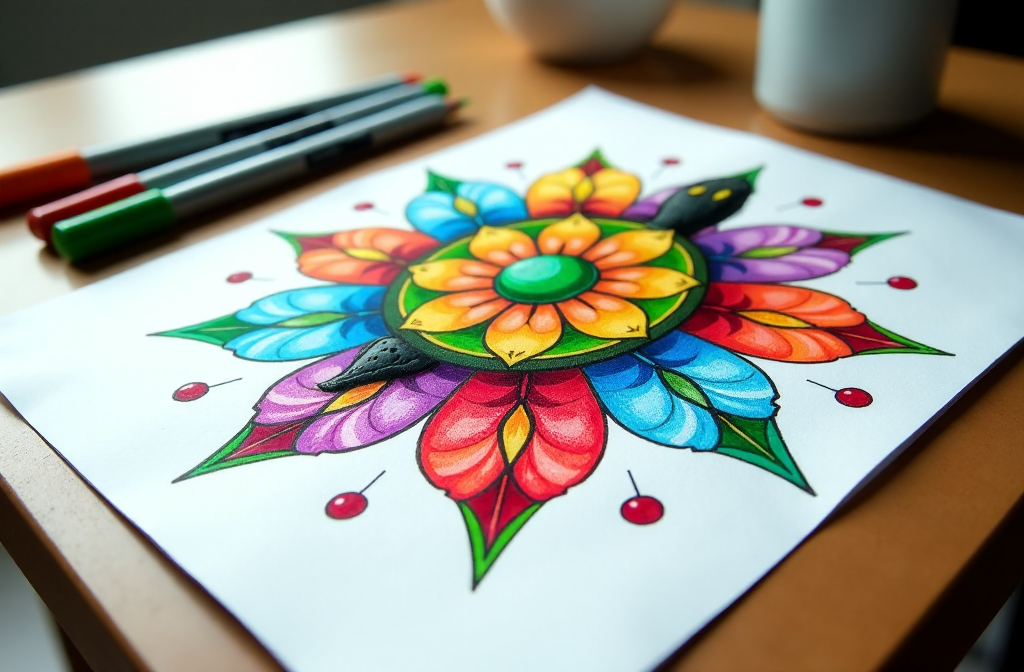
The Surprising Psychological Benefits of Coloring for Teenagers
While grabbing some colored pencils and a detailed design might seem like just a fun way to pass the time, engaging with coloring pages for teens offers a wealth of psychological and cognitive benefits perfectly suited to navigating the challenges of adolescence. It’s far more than just a hobby; it’s a readily accessible tool for mental well-being.
Stress Reduction and Anxiety Relief in the Digital Age
The teenage years are often marked by significant stress – exams, peer relationships, future uncertainties, and the ever-present pressure of social media. Coloring provides a simple yet effective antidote. The repetitive, rhythmic motion of coloring, combined with the focus required to fill intricate spaces, can induce a state similar to meditation.
- Mindfulness and Staying Present: Coloring demands attention to the here and now: choosing a color, applying it to a specific section, observing the transformation on the page. This focus gently pulls the mind away from anxious thoughts about the past or future, anchoring it in the present moment. It’s a practical exercise in mindfulness, achievable without needing to sit cross-legged in silence.
- A Healthy Distraction: When worries feel overwhelming, coloring offers a constructive and absorbing distraction. Unlike passive screen time, it engages the brain’s creative and logical centers simultaneously, providing a mental break that leaves teens feeling refreshed rather than drained. It helps lower levels of the stress hormone cortisol, promoting a sense of calm and relaxation.
Boosting Creativity and Self-Expression
Adolescence is a critical time for developing identity and finding ways to express individuality. Coloring provides a safe and accessible canvas for this exploration.
- Exploring Color Palettes and Styles: Choosing colors, deciding where to place them, and experimenting with combinations allows teens to make aesthetic decisions and develop their personal style without judgment. Will they go for bold and contrasting hues, or soft and harmonious blends? Each page is a new opportunity for experimentation.
- A Low-Pressure Outlet for Artistic Exploration: Not every teen feels comfortable drawing or painting from scratch. Coloring pages provide the structure (the lines) while leaving the creative interpretation (the colors and techniques) entirely up to the individual. This removes the pressure of “getting it right” and encourages experimentation, potentially sparking a broader interest in art.
Improving Focus and Concentration
In an era of constant digital distraction and shrinking attention spans, activities that cultivate focus are invaluable. Coloring requires sustained attention and concentration.
- Training the Brain for Attention to Detail: Filling in intricate designs, staying within the lines (or consciously choosing to go outside them!), and making deliberate color choices all help train the brain to focus. This improved concentration can carry over into academic work and other areas of life.
- A Screen-Free Activity to Combat Digital Fatigue: Spending hours on screens can lead to eye strain, mental fatigue, and overstimulation. Coloring offers a welcome break, engaging the brain differently and allowing the eyes (and mind) to rest from the constant glow of devices.
Developing Fine Motor Skills and Hand-Eye Coordination (Yes, Still Relevant!)
While often associated with early childhood development, fine motor skills and hand-eye coordination continue to be refined during the teenage years, especially with the increasing reliance on keyboards and touchscreens. Coloring helps maintain and improve these skills. Holding pencils or markers correctly, applying consistent pressure, and maneuvering within tight spaces all contribute to dexterity and control – skills useful not just for art, but for playing musical instruments, certain sports, and even handwriting. Engaging with coloring sheets for teens is, therefore, a holistic activity benefiting mind and body.
Exploring the Diverse World of Coloring Pages for Teens
Gone are the days when coloring pages were limited to cartoon animals and simple flowers. The universe of colouring page vis vast, varied, and incredibly sophisticated, catering to a wide range of interests, moods, and artistic inclinations. Finding designs that resonate personally is key to unlocking the full enjoyment and benefits of coloring.
Intricate Mandalas and Geometric Patterns: Finding Zen Through Symmetry
Mandalas, with their circular, symmetrical designs radiating from a central point, are perhaps the most iconic style in adult and teen coloring. Their repetitive nature and inherent harmony are incredibly soothing to color. Focusing on the intricate details and the balance of the design promotes mindfulness and a sense of calm. Geometric patterns, ranging from tessellations to complex abstract shapes, offer a similar meditative experience, engaging the logical side of the brain while allowing for creative color play. These are perfect for teens seeking relaxation and focus.
Fantasy and Sci-Fi Themes: Escaping into Other Worlds
For teens who love epic stories and imaginative realms, fantasy and sci-fi coloring pages offer a portal to another dimension. Think majestic dragons, enchanted forests, futuristic cityscapes, alien landscapes, and powerful heroes or heroines. Coloring these scenes allows teens to immerse themselves in worlds of magic and adventure, bringing their favorite genres to life with their own color choices. It’s a way to engage with beloved narratives creatively and visually.
Pop Culture Power: Coloring Favorite Characters, Movies, and Music Icons
Teenagers often connect deeply with pop culture. Coloring pages featuring characters from popular anime, manga, video games, beloved movie franchises (like Marvel or Harry Potter), or even portraits of favorite musicians provide a fantastic way to engage with these interests. It allows them to pay tribute to their fandoms and personalize iconic imagery. Finding coloring shhets for teens that tap into current trends makes the activity feel relevant and exciting.
Nature and Animal Designs: Connecting with the Natural World
From realistic depictions of wildlife and botanical illustrations to stylized floral patterns and serene landscapes, nature-themed coloring pages are perennial favorites. They offer a chance to appreciate the beauty of the natural world, even from indoors. Coloring intricate animal fur, delicate flower petals, or flowing water can be both challenging and deeply rewarding, fostering a connection with nature and providing a calming, organic aesthetic.
Abstract and Artistic Styles: Unleashing Inner Creativity
For teens who want maximum creative freedom, abstract coloring pages are ideal. These designs feature non-representational shapes, lines, and patterns, leaving color choices and interpretation entirely open. They encourage experimentation with bold palettes, unusual combinations, and different techniques without the constraint of realism. Artistic styles might mimic famous art movements or offer unique, contemporary aesthetics, appealing to teens with a budding interest in art history or design.
Humorous and Quirky Designs: Coloring with a Smile
Coloring doesn’t always have to be serious! Many pages feature funny characters, witty sayings, cute monsters, or whimsical scenes designed to bring a smile to the colorist’s face. These lighthearted designs are perfect for unwinding, de-stressing, and injecting a bit of fun into the day. They remind teens that creativity can be playful and doesn’t need to result in a masterpiece every time.
Inspirational Quotes and Affirmations: Coloring for Motivation
Combining the meditative act of coloring with positive messages, these pages feature uplifting quotes, affirmations, or beautifully lettered words embedded within intricate designs. Coloring these pages can be a mindful practice, reinforcing positive thoughts and boosting self-esteem as the teen focuses on the words while engaging in the calming activity. They make great finished pieces to display as daily reminders.
The sheer variety ensures that there’s a perfect set of coloring pages for teens out there for everyone, regardless of their interests or mood. Exploring these different themes is part of the fun!
Choosing the Right Coloring Pages for Your Teen Style
With such a vast array of coloring page for teens available, how do you pick the ones that will provide the most enjoyment and benefit? Selecting designs that align with a teen’s personality, interests, and current mood can significantly enhance the coloring experience.
Matching Designs to Personality and Interests
This is the most crucial step. Does the teen love fantasy novels? Look for dragons or enchanted castles. Are they obsessed with a particular band or movie? Search for pop-culture-themed pages. Are they drawn to nature and animals? Botanical illustrations or wildlife scenes might be perfect. Do they appreciate order and symmetry? Mandalas and geometric patterns could be ideal. For the teen who loves humor, quirky or cartoonish designs might be the best fit. Aligning the subject matter with their passions makes the activity instantly more engaging. Don’t hesitate to ask them what kind of images they find cool or interesting!
Considering Complexity Levels: From Simple Relaxation to Detailed Challenges
Coloring pages for teens span a wide spectrum of complexity.
- Simple Designs: Pages with larger spaces and less intricate details are great for quick relaxation sessions, experimenting with blending techniques, or for times when focus is low. They offer satisfaction without demanding intense concentration.
- Moderately Complex Designs: These offer a good balance, providing enough detail to be engaging but not overwhelming. They are suitable for most coloring sessions and allow for practice with different techniques.
- Highly Intricate Designs: Pages packed with tiny details and complex patterns offer a significant challenge and a longer coloring experience. These are perfect for teens who enjoy meticulous work, want to test their focus, and feel a great sense of accomplishment upon completion. However, starting with something too complex can be discouraging, so it’s good to have a mix. Consider the teen’s current mood – sometimes a simple page is needed for de-stressing, other times a complex challenge is desired.
Printable vs. Digital Coloring Pages: Pros and Cons
The choice between traditional paper pages and digital apps often comes down to personal preference and convenience.
- The Tactile Joy of Traditional Coloring (Printables/Books):
- Pros: The physical sensation of pencil or marker on paper is satisfying for many. It’s a complete break from screens. Finished pages can be easily displayed, gifted, or used in crafts. There’s a vast selection of printable pages online and physical books available.
- Cons: Requires purchasing physical supplies (paper, pencils, markers). Need a printer for online printables. Less portable than a tablet or phone. Mistakes are harder to correct (though sometimes that’s part of the charm!).
- The Convenience and Features of Coloring Apps (Digital):
- Pros: Highly portable – color anywhere on a phone or tablet. Access to vast color palettes without buying supplies. Features like undo, zoom, special effects (gradients, textures), and easy sharing are common. Many apps offer free pages alongside premium options.
- Cons: Lacks the tactile experience of traditional coloring. Can contribute to screen time rather than reducing it. Potential for eye strain. The “tap-to-fill” feature in some apps might feel less creative or engaging for some teens. [Link to related article comparing coloring apps]
Ultimately, many teens enjoy both! They might use apps for quick coloring sessions on the go and save traditional coloring for relaxing at home. Encouraging them to try both formats can help them discover what they prefer. The key is finding coloring sheets for teens that spark their interest and fit their desired experience, whether it’s a mindful escape with paper and pencils or a convenient creative outlet on a screen.
Essential Tools and Materials for the Teen Coloring Enthusiast
While you can certainly start coloring with basic supplies, exploring different tools can significantly enhance the experience and the final look of coloring pages for teens. Moving beyond standard crayons opens up a world of vibrant colors, blending possibilities, and fine details. Here’s a look at essential and exciting mediums and tools.
Beyond Basic Crayons: Exploring Coloring Mediums
- Colored Pencils: The workhorse of teen and adult coloring. They offer control, blendability, and a wide range of colors.
- Wax-Based Pencils (e.g., Prismacolor Premier, Crayola): Generally softer, easier to blend, layer well, and produce rich, vibrant colors. They can be prone to wax bloom (a cloudy film) on heavily layered areas. Great for beginners and experienced colorists.
- Oil-Based Pencils (e.g., Faber-Castell Polychromos, Caran d’Ache Pablo): Harder lead, holds a sharp point longer (good for details), less prone to breaking or wax bloom. Blending might require more effort or specific tools (like blending stumps or solvents), but they offer excellent lightfastness and precision.
- Watercolor Pencils: These look like regular colored pencils but contain a water-soluble binder. Color an area, then go over it with a damp brush to create watercolor-like effects. Versatile for combining drawing and painting looks.
- Markers: Offer bold, saturated color and smooth coverage. Great for larger areas and achieving a vibrant, graphic look.
- Fine-Tip Markers (e.g., Staedtler Triplus Fineliners, Sakura Pigma Microns): Excellent for tiny details, outlines, and adding sharp lines. Water-based options usually don’t bleed through paper as much.
- Brush-Tip Markers (e.g., Tombow Dual Brush Pens, Copic Sketch): Have a flexible tip like a paintbrush, allowing for variable line widths. Great for calligraphy effects, smooth blending (especially water-based ones using a water brush), and covering medium-sized areas.
- Alcohol-Based Markers (e.g., Copic, Ohuhu, Spectrum Noir): Favored by artists for their superior blending capabilities and streak-free coverage. They blend seamlessly but often bleed through paper, requiring thicker paper or a protective sheet underneath. They can be expensive but offer professional results.
- Gel Pens and Fineliners: Perfect for adding highlights, metallic or glitter effects, and intricate details over other mediums. Gel pens come in opaque, metallic, glitter, and neon varieties, adding sparkle and pop. Fineliners provide crisp, consistent lines for outlining or detailed patterns.
- Pastels and Chalks: For softer effects, large area coverage (like backgrounds), and easy blending. Oil pastels are creamy and vibrant, while soft pastels (chalk pastels) are powdery and blend easily with fingers or tools. They can be messy, so fixative spray might be needed.
Paper Matters: Choosing the Right Stock for Your Medium
The paper quality of coloring pages for teens significantly impacts the coloring experience and results.
- Standard Printer Paper (Thin): Okay for basic colored pencils or crayons, but markers (especially alcohol-based) will likely bleed through. Heavy layering with pencils can also damage the paper.
- Cardstock (Medium to Heavy Weight): A much better option, especially for printables. It holds up well to layering, blending, and most markers (though heavy alcohol marker use might still bleed slightly). Look for smooth surfaces for pencils and markers.
- Mixed Media Paper: Designed to handle both wet and dry media, making it suitable for watercolor pencils or light washes along with markers and pencils.
- Marker Paper: Specifically coated to prevent alcohol markers from bleeding through and to facilitate smooth blending.
- Coloring Books: Quality varies greatly. Books designed for adults/teens often use thicker, single-sided paper to prevent bleed-through and allow for removal of pages.
When printing pages, using a heavier paper stock (like 100-200 gsm cardstock) is highly recommended for the best results with various mediums.
Useful Accessories: Sharpeners, Erasers, Blending Tools
- Sharpeners: A good quality sharpener is essential for colored pencils. Manual or electric options work; some prefer sharpeners that allow for different point lengths.
- Erasers: A standard eraser works for light marks, but a kneaded eraser is great for lifting pigment gently without damaging paper. Detail erasers (pencil-shaped) are useful for small areas.
- Blending Tools: For pencils, blending stumps (tortillons) or even cotton swabs can help smooth colors. Colorless blender pencils or markers are also available. For water-based markers, a water brush is useful.
Starting with a decent set of colored pencils and printing pages on cardstock is a great foundation. Teens can then gradually experiment with other mediums like markers or gel pens as their interest grows, discovering the tools that best suit their style and the coloring pages for teens they enjoy most.
(Self-correction: Continue generating content following the outline, ensuring depth and adherence to instructions. Need to cover techniques, finding pages, social aspects, digital coloring, using finished pages, addressing stereotypes, therapeutic connection, future trends, and conclusion. Will ensure artcoloringpage.com mention is included naturally in the ‘Where to Find’ section as planned. Will also add internal link suggestions.)
Techniques to Elevate Teen Coloring Pages from Simple to Stunning
Moving beyond simply filling spaces with flat color can transform coloring pages for teens into impressive pieces of art. Learning a few basic techniques adds depth, dimension, and personality to any design. These skills are easy to learn and experiment with.
Mastering Blending and Shading
Blending (creating smooth transitions between colors) and shading (using light and dark tones to create depth and form) are fundamental techniques.
- Creating Gradients with Pencils:
- Layering: Apply colors lightly in layers. Start with the lightest color, gradually add darker shades, overlapping them slightly. Use gentle pressure and build up color slowly.
- Burnishing: After layering, go over the area with a white or very light-colored pencil (or a colorless blender pencil) using firm pressure. This blends the layers smooths the tooth of the paper, creating a rich, polished look.
- Using Solvents: For oil-based or some wax-based pencils, odorless mineral spirits or specialized blending solutions applied lightly with a cotton swab or blending stump can dissolve the binder and blend colors smoothly (use in a well-ventilated area).
- Smooth Transitions with Markers:
- Alcohol Markers: These blend best when the ink is still wet. Work quickly, overlapping strokes of adjacent colors. Use a lighter shade or a colorless blender marker to go over the transition area and merge the colors.
- Water-Based Markers: Blend by applying colors next to each other and then using a slightly damp brush, a water brush, or a lighter marker color to pull the colors together where they meet.
Understanding Color Theory Basics
A little knowledge of color theory can dramatically improve color choices. [Link to related article on basic color theory for artists]
- Complementary Colors for Pop: Colors opposite each other on the color wheel (like red/green, blue/orange, yellow/purple) create high contrast when placed side-by-side, making elements stand out. Use them strategically for emphasis.
- Analogous Colors for Harmony: Colors next to each other on the color wheel (like blue, blue-green, green) create a harmonious, pleasing effect. Use them for smooth gradients and cohesive areas.
- Warm vs. Cool Colors for Mood: Warm colors (reds, oranges, yellows) tend to feel energetic, exciting, or cozy. Cool colors (blues, greens, purples) often feel calming, serene, or distant. Use them intentionally to convey a specific mood in the coloring page.
Adding Texture and Highlights
- Texture: Create texture by varying pencil strokes (e.g., small circles for fuzz, short lines for fur), layering different mediums (e.g., gel pen dots over marker), or using impressed lines (drawing lines firmly with an empty ballpoint pen or embossing tool before coloring over them).
- Highlights: Leaving small areas white or using a white gel pen, white paint marker, or even correction fluid can create highlights, making objects look shiny or three-dimensional. Place highlights where light would naturally hit the object.
Experimenting with Backgrounds
Don’t neglect the background! A well-chosen background can make the main subject pop.
- Simple Washes: Use light, blended colors (pencils or markers) for a soft backdrop.
- Gradients: A smooth color transition (e.g., light blue to dark blue for a sky).
- Patterns: Add simple patterns like dots, stripes, or swirls.
- Bokeh Effect: Create soft, out-of-focus circles of color using markers or pencils.
- Leaving it Blank: Sometimes, a crisp white background provides the best contrast.
Encourage teens to experiment on scrap paper first. Trying out blending combinations or texture techniques before applying them to their main colouring page for teens builds confidence and skill.
Where to Find High-Quality Coloring Pages for Teens
The internet and bookstores are brimming with options, but finding truly engaging and well-designed coloring page for teens requires knowing where to look. Quality varies, so here’s a guide to sourcing the best sheets.
Online Resources and Printable Websites
The web offers instant access to an endless supply of coloring pages.
- Free vs. Paid Options: Many websites offer free printable pages, which is great for trying out styles or if you need something quickly. These can range from simple designs to surprisingly intricate ones. However, free pages sometimes come with ads or lower image resolution. Paid options, either through subscriptions (like monthly coloring clubs) or individual purchases (on platforms like Etsy or artist websites), often provide higher resolution images, more unique and complex designs by professional artists, and ad-free experiences.
- Spotlight on Quality: Finding Artistic Designs: When searching online, look for sites that curate designs specifically for teens or adults, focusing on complexity and diverse themes beyond typical children’s fare. Keywords like “intricate coloring pages,” “mandala coloring,” “detailed coloring sheets,” or theme-specific searches (e.g., “fantasy coloring pages,” “pop culture coloring sheets”) yield better results. Pay attention to line quality in the previews – crisp, clean lines usually indicate a better-quality page.
- Resource Recommendation: For teens seeking truly high-quality, artistic designs that offer both challenge and creative satisfaction,
artcoloringpage.comstands out as an excellent resource. Their collection frequently features the kind of intricate patterns, unique themes (like detailed fantasy, nature, and abstract art), and sophisticated styles that strongly appeal to the aesthetic sensibilities of teenagers looking for a more engaging coloring experience. It’s a great place to find pages that feel less like generic printables and more like actual art outlines. - Artist Platforms: Many independent artists share or sell their coloring pages directly through platforms like Etsy, Patreon, Gumroad, or their personal websites. Following favorite artists can lead to discovering unique and high-quality pages.
Coloring Books Specifically Designed for Teenagers
Bookstores and online retailers (like Amazon, Book Depository) have dedicated sections for teen and adult coloring books. These often feature:
- Themed Collections: Books focused entirely on mandalas, animals, fantasy, inspirational quotes, etc.
- Thicker Paper: Usually printed on better quality, thicker paper, often single-sided to prevent bleed-through from markers.
- Perforated Pages: Many books include perforated pages for easy removal and display.
- Variety Packs: Some books offer a mix of styles and complexities.
Browsing in person allows teens to flip through and see if the styles resonate before buying.
Leveraging Social Media and Artist Communities
Platforms like Pinterest and Instagram are visual treasure troves for finding coloring inspiration and pages.
- Pinterest: Search for “coloring pages for teens,” “printable coloring sheets,” or more specific themes. Users often pin pages from various sources, leading to new websites or artists. Create boards to save favorite finds.
- Instagram: Follow hashtags like #coloringpages #adultcoloring #teencoloring #coloringforadults or specific artist accounts. Many artists share samples or links to their shops. Seeing how others have colored a page can also provide inspiration. [Link to related article on finding coloring communities online]
Combining these resources ensures a steady supply of fresh and exciting coloring pages for teens, catering to evolving tastes and keeping the activity engaging long-term.
(Continuing with the remaining sections: Social Activity, Digital Coloring, Using Finished Pages, Addressing Concerns, Therapeutic Connection, Future Trends, Conclusion)
Making Coloring a Social Activity: Coloring Parties and Groups
While coloring is often enjoyed as a solitary, meditative activity, it can also be a fantastic way for teens to connect with friends in a relaxed, low-pressure environment. Organizing a coloring get-together offers a creative alternative to typical hangouts.
Benefits of Coloring Together
- Shared Relaxation: Engaging in a calming activity simultaneously can create a comfortable, relaxed atmosphere, making conversation flow more easily.
- Reduced Social Anxiety: Unlike activities that require intense interaction or performance, coloring allows teens to be together while focusing on their individual pages, reducing pressure.
- Sharing Tips and Inspiration: Friends can share color palette ideas, show off techniques they’ve learned, and admire each other’s work, fostering a collaborative and encouraging environment.
- Screen-Free Connection: It provides a valuable opportunity for face-to-face interaction away from phones and social media.
Ideas for Hosting a Teen Coloring Get-Together
- Theme It: Choose a theme for the pages (e.g., fantasy, pop culture, mandalas) or let everyone bring their own favorites.
- Supply Station: Provide a variety of coloring pages for teens (print out a selection beforehand) and a central station with different coloring tools (pencils, markers, gel pens) for everyone to share and try.
- Snacks and Music: Keep it casual with easy snacks and a chill background playlist.
- Show and Tell (Optional): At the end, friends can optionally share their finished or in-progress pages.
- Keep it Low-Key: The goal is relaxation and connection, not competition. Emphasize that there’s no right or wrong way to color.
Coloring parties can be a regular event or a one-off gathering, offering a unique and enjoyable way for teens to socialize creatively.
Digital Coloring: Apps and Tools for Tech-Savvy Teens
For teens who are rarely separated from their devices, digital coloring apps offer a convenient and modern way to engage with this creative hobby. These apps simulate the coloring experience on a tablet or smartphone, often with added features.
Popular Coloring Apps for Tablets and Phones
Numerous apps cater to teen and adult colorists. Some popular examples include Pigment, Lake Coloring, Happy Color, Recolor, and Procreate (which, while a professional drawing app, can be used for coloring imported line art). Apps vary in their style, features, and pricing models (free with ads/in-app purchases, subscription-based, or one-time purchase).
Features to Look For
- Variety of Pages: A good library of designs across different themes and complexity levels.
- Color Palettes: Extensive color choices, including gradients, textures, and the ability to create custom palettes.
- Tool Simulation: Options that mimic real tools (pencils, markers, brushes) rather than just “tap-to-fill,” allowing for more control and technique.
- Zoom Functionality: Essential for working on intricate details.
- Undo/Redo: For easy correction of mistakes.
- Import Options: Some apps allow importing your own line art or printable pages.
- Sharing Capabilities: Easy ways to share finished artwork on social media or save it to the device.
Pros and Cons Compared to Traditional Coloring
- Pros: Ultimate portability, no physical supplies needed, vast color options instantly available, easy corrections, special effects.
- Cons: Lacks the tactile feel of paper, contributes to screen time, potential eye strain, “tap-to-fill” can feel less engaging, potential subscription costs.
Digital coloring is a valid and enjoyable form of the hobby, offering unique advantages. Many teens appreciate the convenience and tech features, making it a great supplement or alternative to traditional coloring pages for teens.
Beyond the Page: Creative Ways to Use Finished Coloring Pages
Completing a detailed coloring page brings a sense of accomplishment. Instead of just stacking them up or closing the book, encourage teens to showcase their creativity by repurposing their finished artwork.
DIY Room Decor: Framing and Displaying Artwork
- Simple Framing: Place favorite finished pages in inexpensive frames to create a personalized gallery wall.
- Canvas Mounting: Use Mod Podge or spray adhesive to mount a finished page onto a blank art canvas for a more substantial look.
- String Light Display: Use mini clothespins to clip finished pages onto a string of fairy lights for a whimsical display.
Personalized Gifts: Cards, Bookmarks, Wrapping Paper
- Greeting Cards: Cut out sections of a colored page or use the entire page as the front of a handmade card.
- Bookmarks: Cut finished pages into strips, punch a hole at the top, and add a ribbon or tassel. Laminating them adds durability.
- Gift Wrap / Tags: Use a beautifully colored page as unique wrapping paper for small gifts, or cut out shapes to use as gift tags.
Craft Projects: Decoupage, Collages
- Decoupage: Cut out elements from colored pages and use Mod Podge to decorate items like notebooks, boxes, or phone cases.
- Collages: Combine pieces from different colored pages, magazine cutouts, and other materials to create a mixed-media collage.
- Journaling: Incorporate colored elements into art journals or planners.
Transforming their coloring pages for teens into new creations adds another layer of fun and allows their artistic efforts to be appreciated in practical and decorative ways.
Addressing Common Concerns: Is Coloring “Childish” for Teens?
Sometimes, teens (or even their parents) might hesitate, wondering if coloring is too “kiddy.” It’s important to address this stereotype directly and highlight the activity’s universal appeal and proven benefits.
Breaking Down Stereotypes: The Universal Appeal of Creativity
Art and creativity have no age limit. Just as adults enjoy activities like knitting, model building, or playing musical instruments – activities often learned in childhood – coloring offers timeless benefits. The complexity and themes of modern coloring pages for teens are specifically designed to engage older audiences. Frame it as a form of mindfulness, stress relief, or accessible art – not just a children’s pastime.
Expert Opinions: Therapists and Educators on the Value of Coloring
Many mental health professionals and educators recognize the value of coloring for adolescents. Therapists sometimes use it as a tool to help teens open up or manage anxiety. Educators see benefits in improved focus and fine motor skills. Highlighting these expert endorsements can help legitimize coloring as a worthwhile activity for teenagers. It’s not about regression; it’s about utilizing a simple tool for significant well-being benefits.
Focusing on the Process, Not Just the Product
Emphasize that the primary goal isn’t necessarily to create a perfect masterpiece but to enjoy the process: the relaxation, the focus, the creative exploration. When the focus shifts from outcome to experience, the “childish” label becomes irrelevant. It’s about engaging in an activity that feels good and reduces stress, regardless of age.
The Therapeutic Connection: Coloring, Mindfulness, and Mental Well-being
The link between coloring and mental well-being is one of the driving forces behind its popularity among teens and adults. It taps into principles used in mindfulness practices and even art therapy.
How Coloring Acts as a Form of Active Meditation
Meditation often involves focusing on a single point (like breath) to quiet the mind. Coloring achieves a similar state through gentle, focused attention. Selecting colors, the repetitive motion of filling spaces, and concentrating on details all help to anchor the mind in the present moment, reducing the chatter of anxious thoughts. It lowers stress and anxiety by engaging the brain’s relaxation response.
Incorporating Coloring into a Teen’s Self-Care Routine
Encourage teens to view coloring not just as a hobby, but as a deliberate act of self-care. Setting aside even 15-20 minutes regularly to color can be a powerful way to decompress after school, manage exam stress, or simply unwind before bed. Having coloring pages for teens and supplies readily available makes it easy to turn to when needed. [Link to related article on building a teen self-care toolkit]
Potential Links to Art Therapy Principles
While coloring itself isn’t formal art therapy (which involves a trained therapist), it utilizes similar principles. Art therapy uses the creative process to improve mental, physical, and emotional well-being. Coloring allows for non-verbal expression, emotional processing (through color choices and intensity), and fosters self-discovery and coping skills – all elements explored in art therapy contexts. It provides a safe outlet for feelings that might be difficult to articulate verbally.
Future Trends: What’s Next in the World of Teen Coloring?
The world of coloring continues to evolve, blending traditional practices with new technologies and ideas. Here are a few trends shaping the future of coloring pages for teens:
Augmented Reality (AR) Coloring Experiences
Some apps and books are incorporating AR technology. Teens color a page, then use a smartphone or tablet app to scan it, bringing the colored character or scene to life in 3D animation on their screen, often with interactive elements. This adds a magical, tech-infused layer to the traditional activity.
AI-Generated Coloring Page Designs
Artificial intelligence tools are increasingly capable of generating unique line art based on prompts. We might see platforms where teens can generate custom coloring pages based on their specific interests or even their own photos, offering limitless personalization.
Increased Integration with Digital Art Tools
The line between traditional coloring and digital art may continue to blur. More teens might use sophisticated digital art apps (like Procreate or Clip Studio Paint) with styluses on tablets to color downloaded line art, utilizing advanced layers, brushes, and effects, treating coloring pages as a base for more complex digital creations.
These trends suggest that coloring will continue to adapt and remain relevant, offering both timeless relaxation and exciting new possibilities for creative expression for teenagers.
Embrace Your Inner Artist with Coloring Pages for Teens
From intricate mandalas promoting mindfulness to vibrant pop culture icons sparking joy, colouring page for teens offer far more than just a way to fill time. As we’ve explored, this accessible and versatile activity provides significant psychological benefits, including stress reduction, enhanced focus, and a powerful outlet for self-expression – all crucial during the dynamic teenage years. It’s a screen-free haven in a digital world, a low-pressure gateway to creativity, and a surprisingly effective tool for self-care.
We’ve journeyed through the diverse themes available, from fantasy worlds to abstract patterns, ensuring there’s a style to match every personality. We’ve covered essential tools and techniques to elevate coloring from simple fill-ins to stunning artwork, discussed the pros and cons of printable versus digital formats, and highlighted quality resources like artcoloringpage.com for finding artistic designs. We’ve also seen how coloring can be a social activity, how finished pages can be transformed into crafts and decor, and why the notion of it being “childish” is outdated. The therapeutic connection to mindfulness and well-being underscores its value beyond mere entertainment.
So, whether you’re a teen looking for a new way to unwind and express yourself, or a parent seeking positive activities for your adolescent, consider the power of coloring. Don’t be afraid to experiment with different styles, tools, and techniques. Embrace the process, enjoy the calm focus it brings, and let your creativity flow. Pick up a pencil, find a page that speaks to you, and rediscover the simple yet profound joy of bringing color to life. Explore the vast world of coloring pages for teens and unlock your inner artist today!
